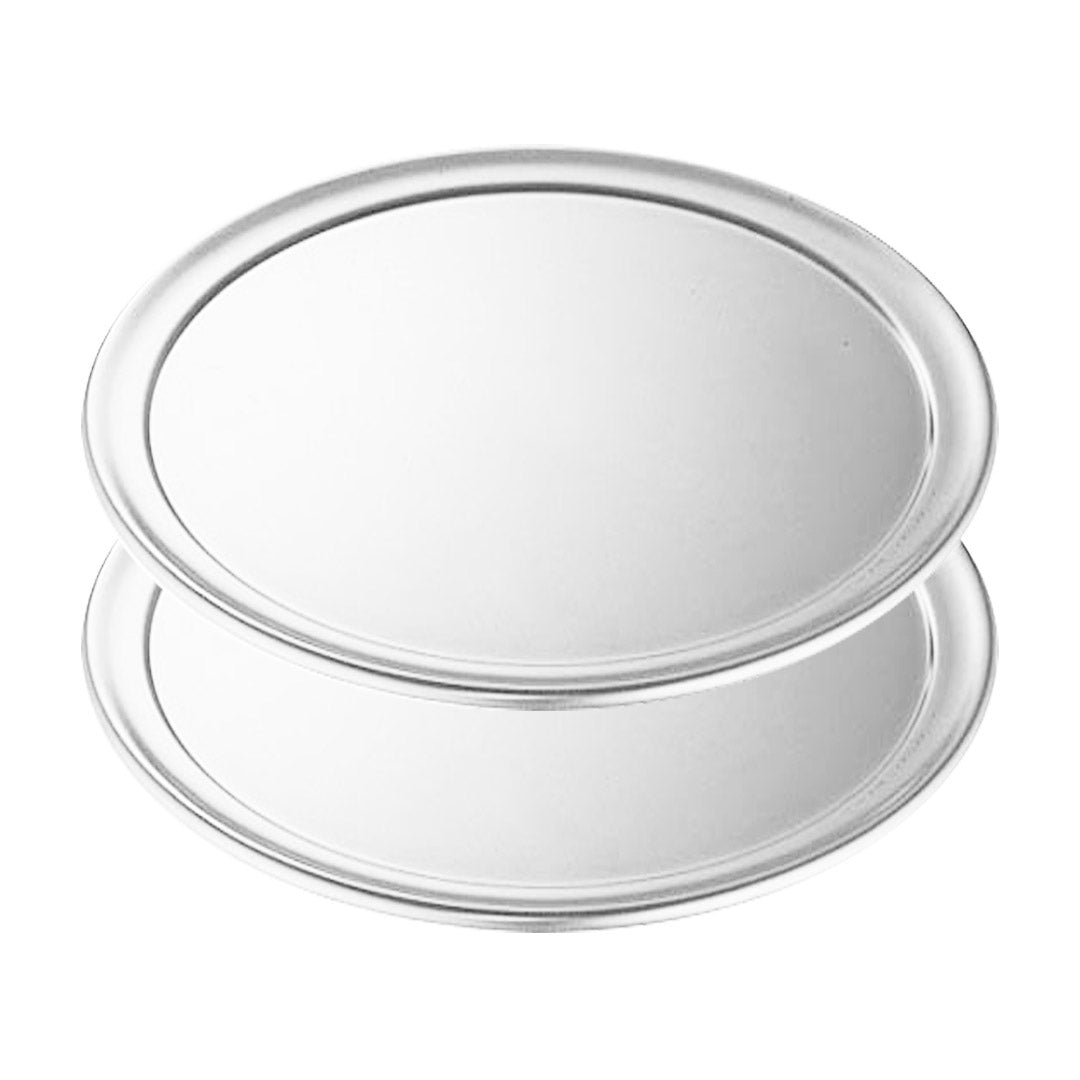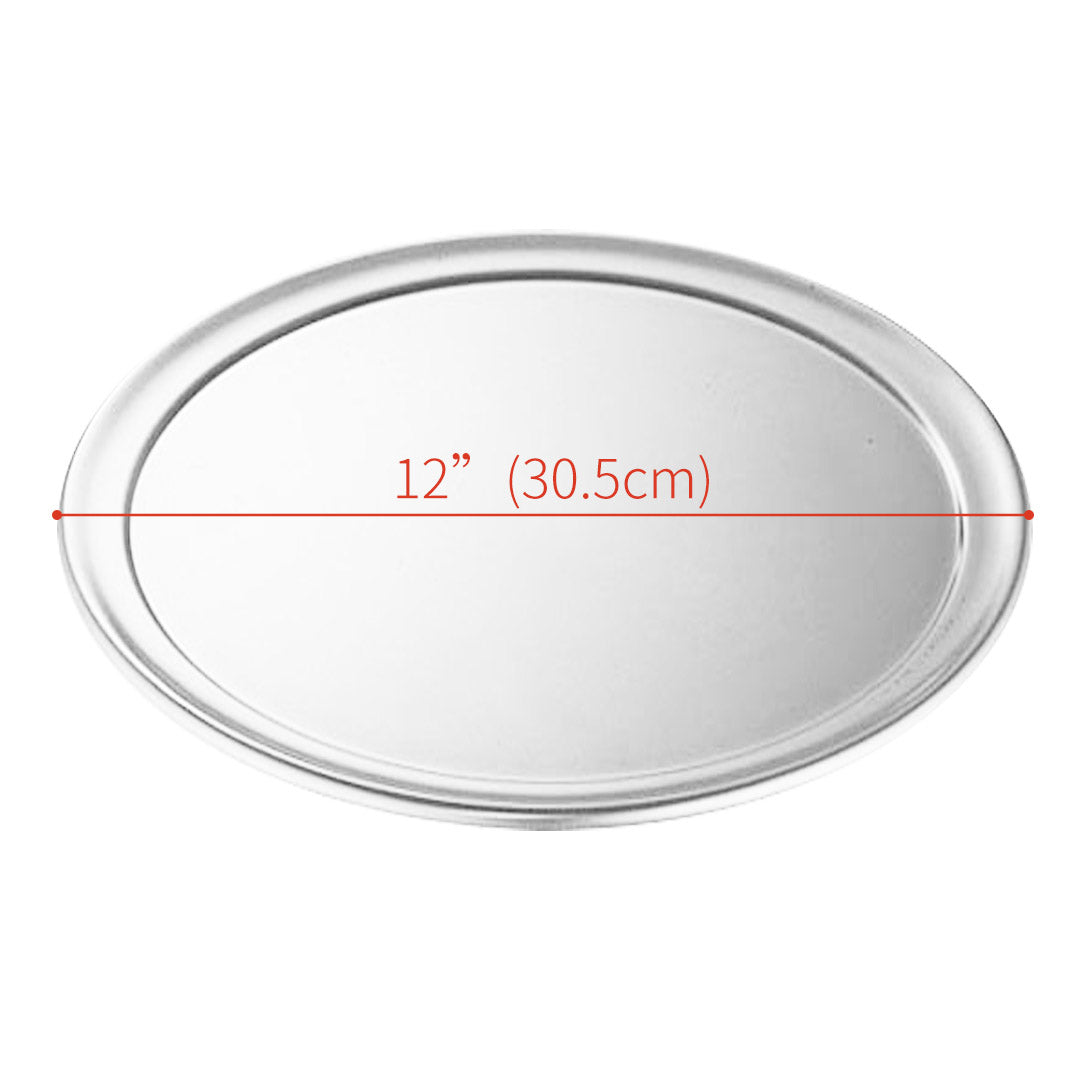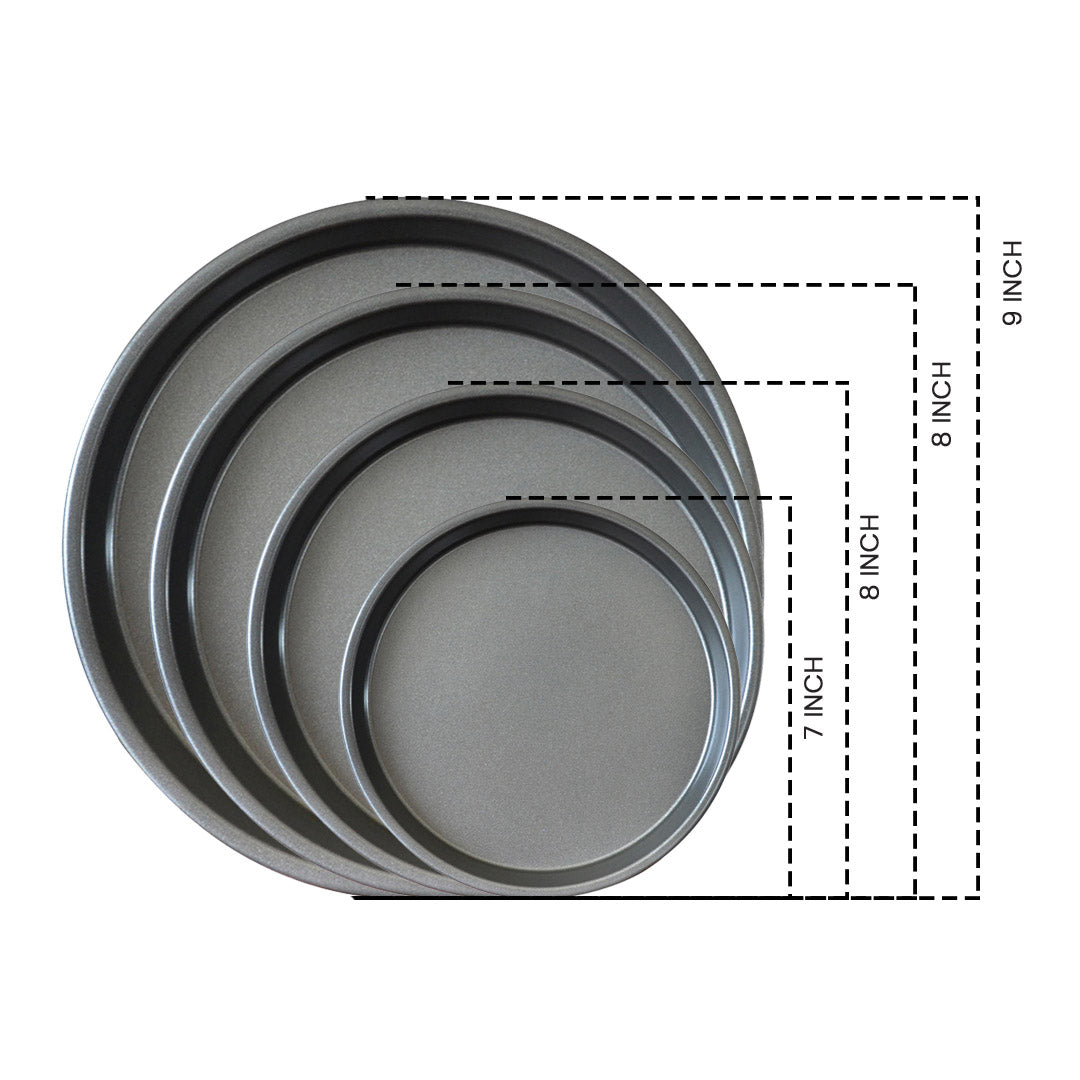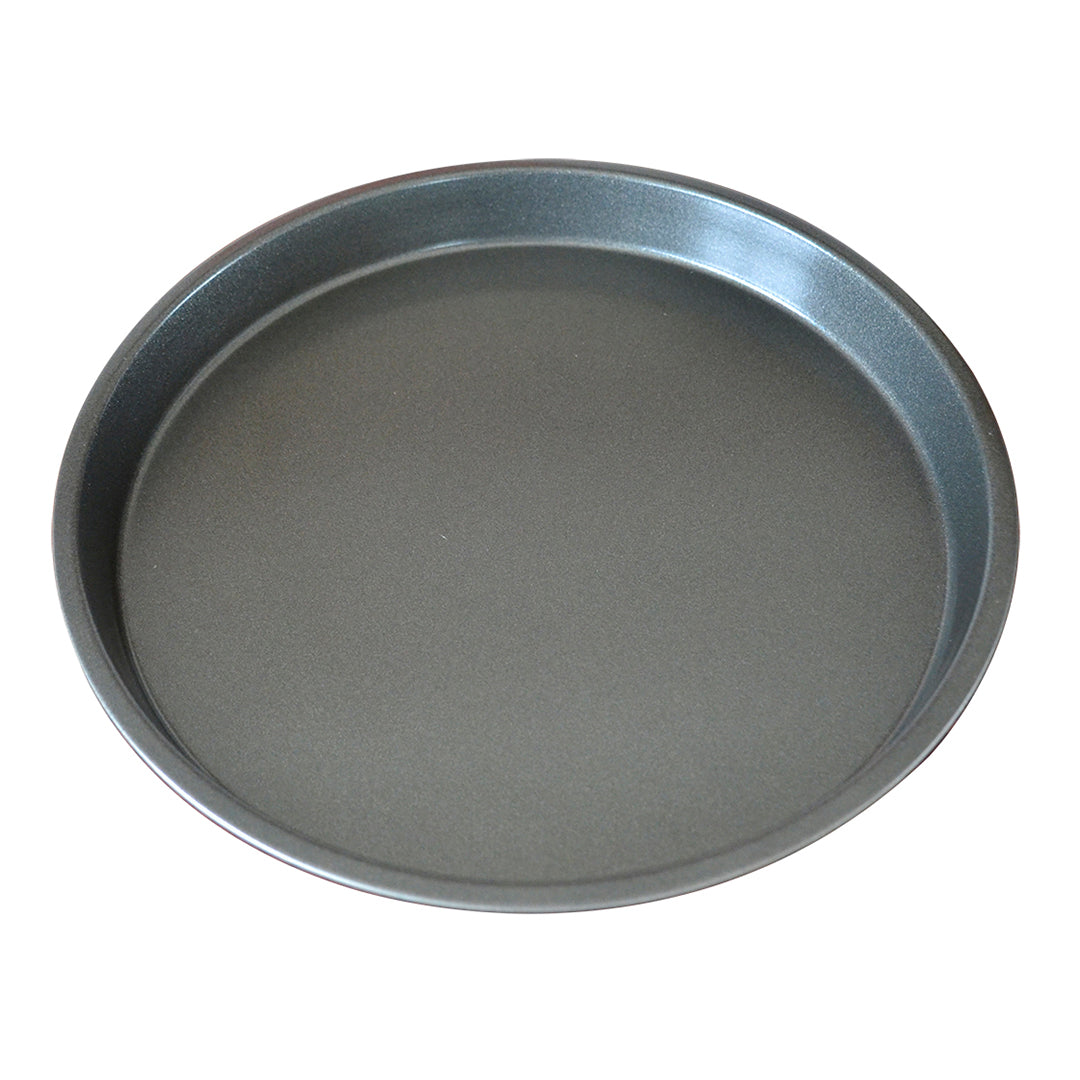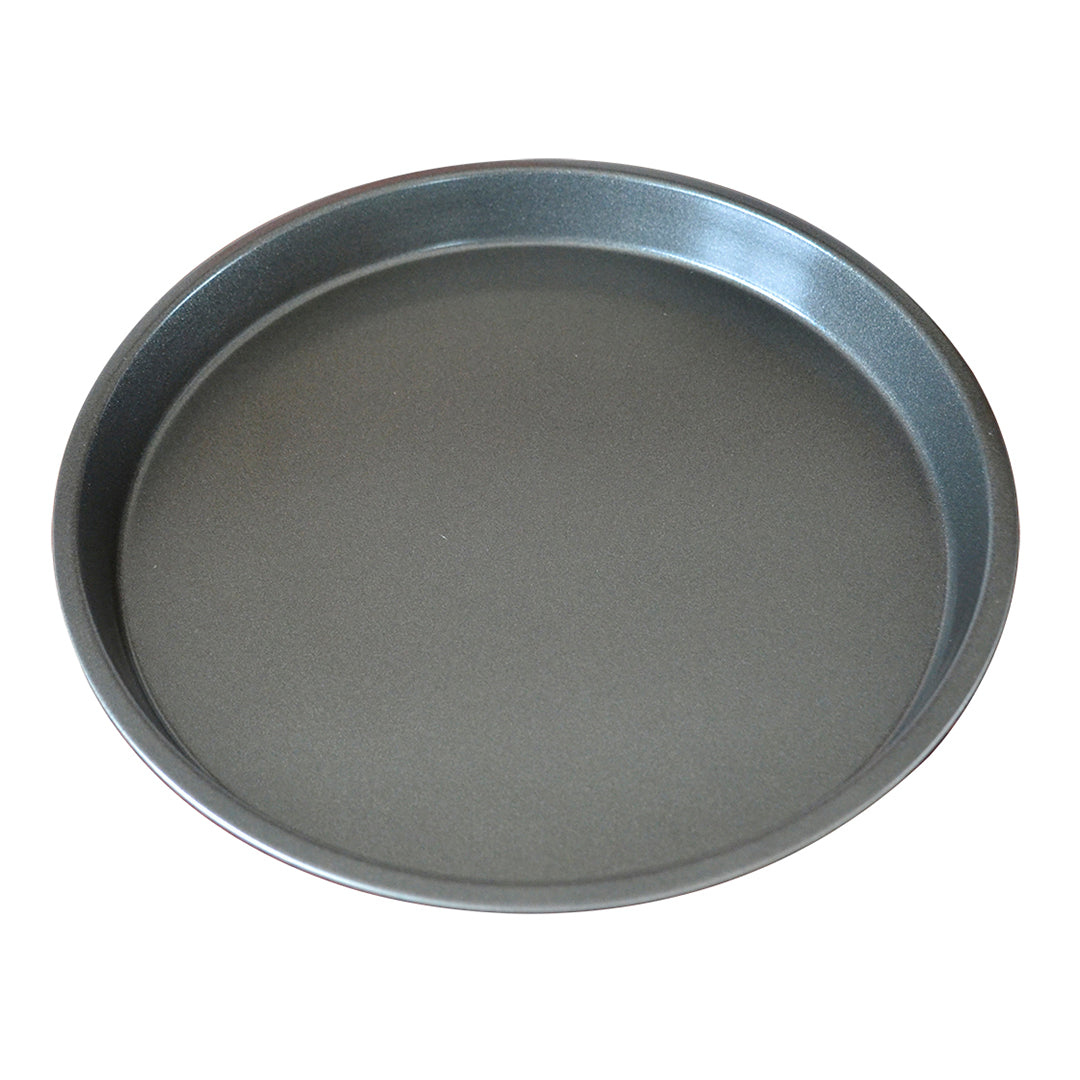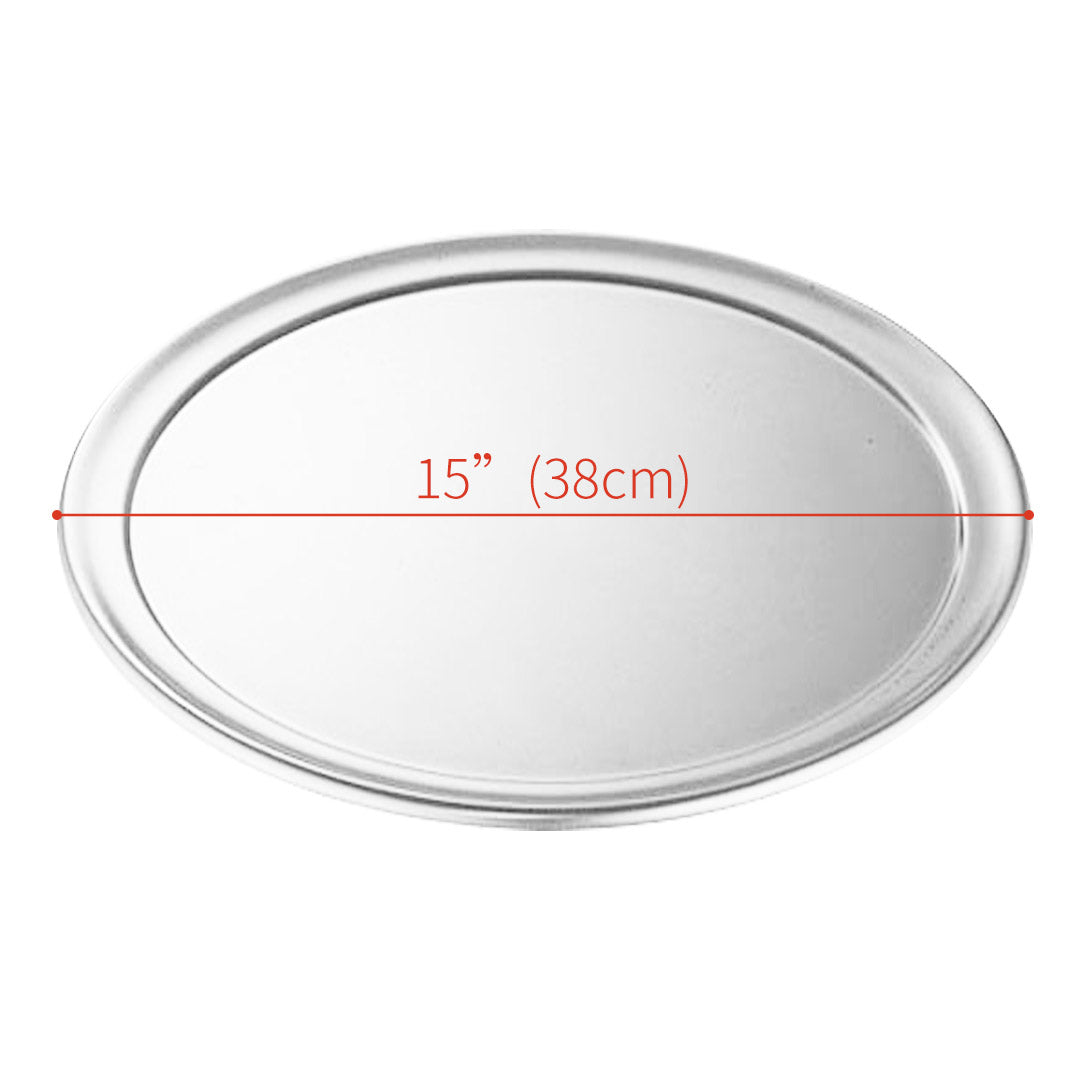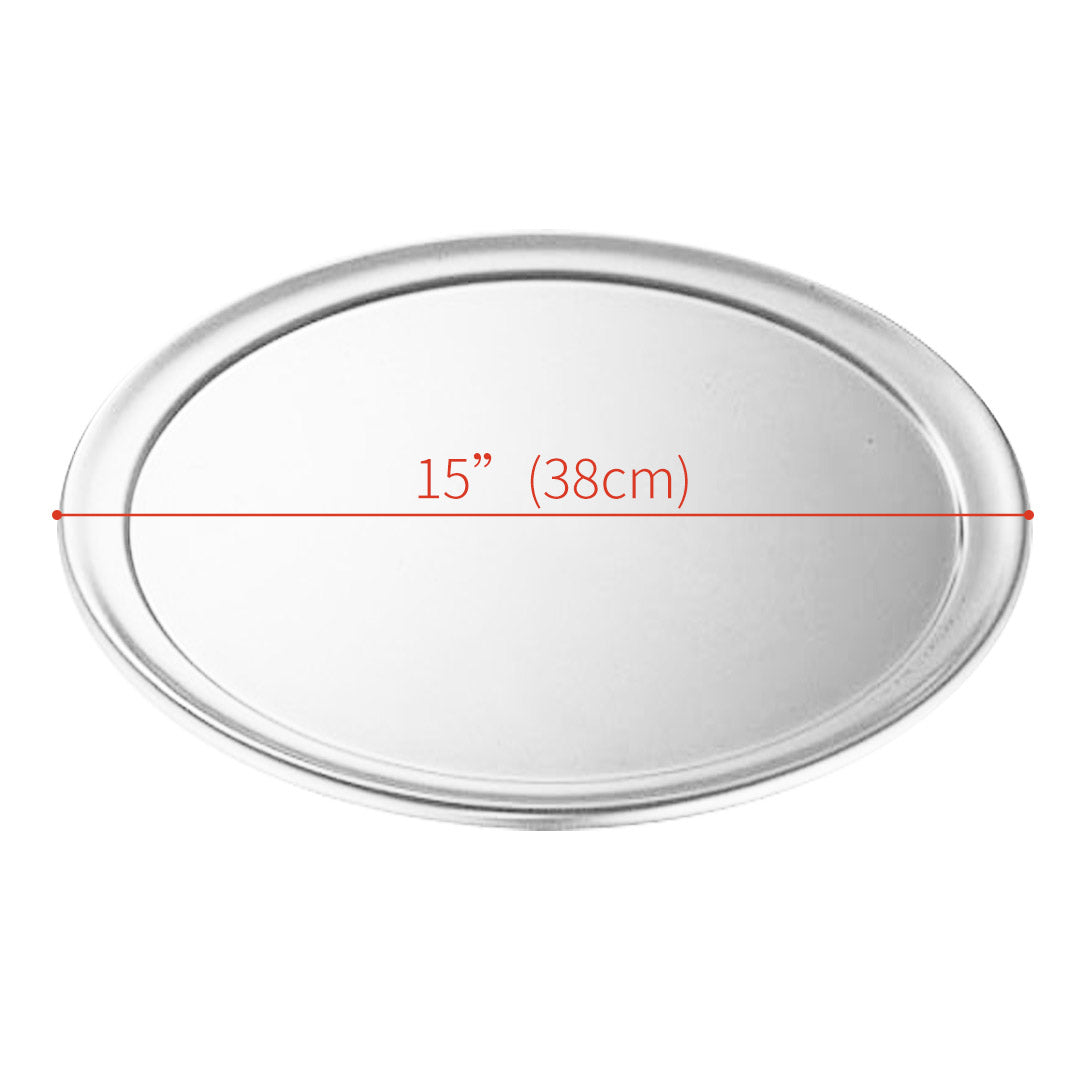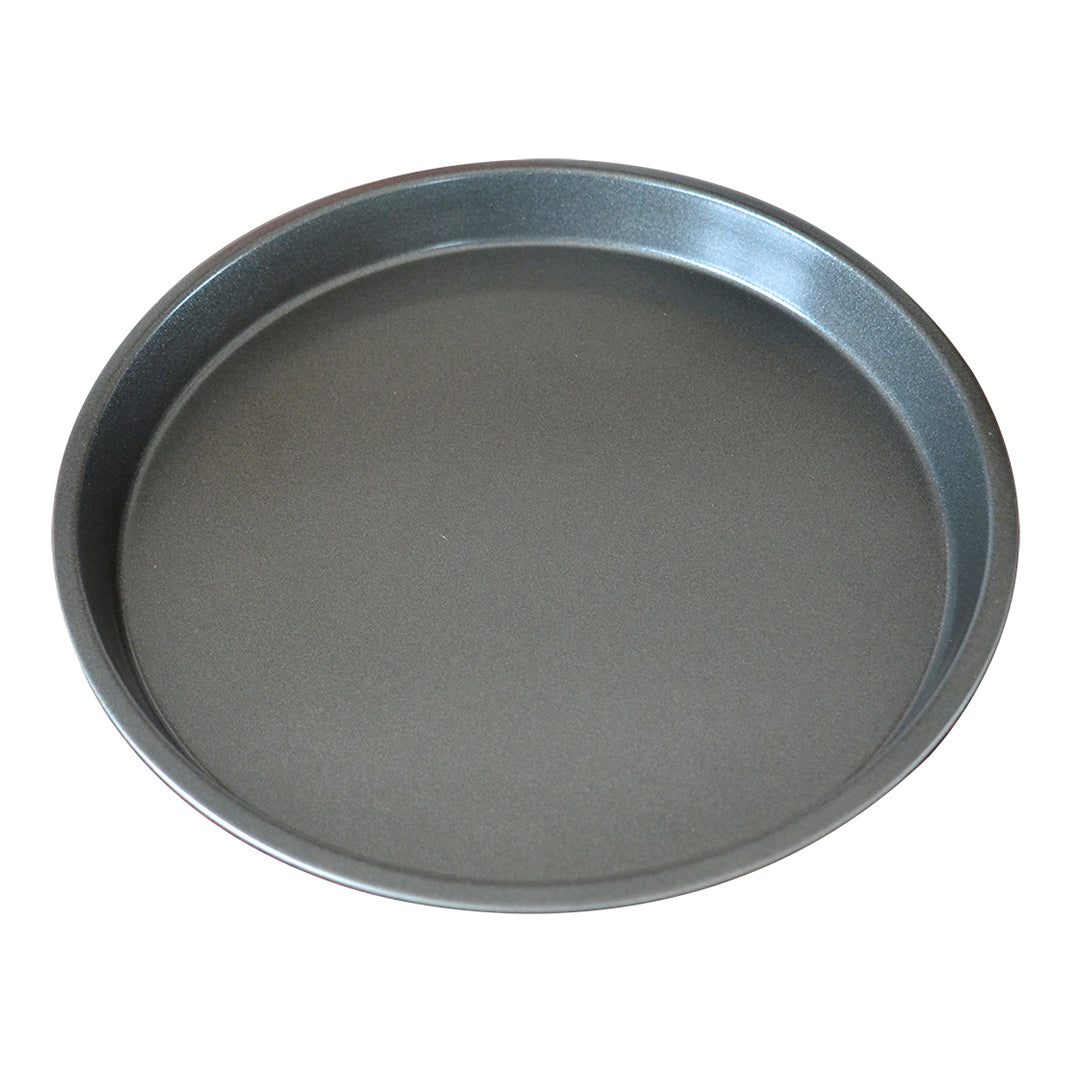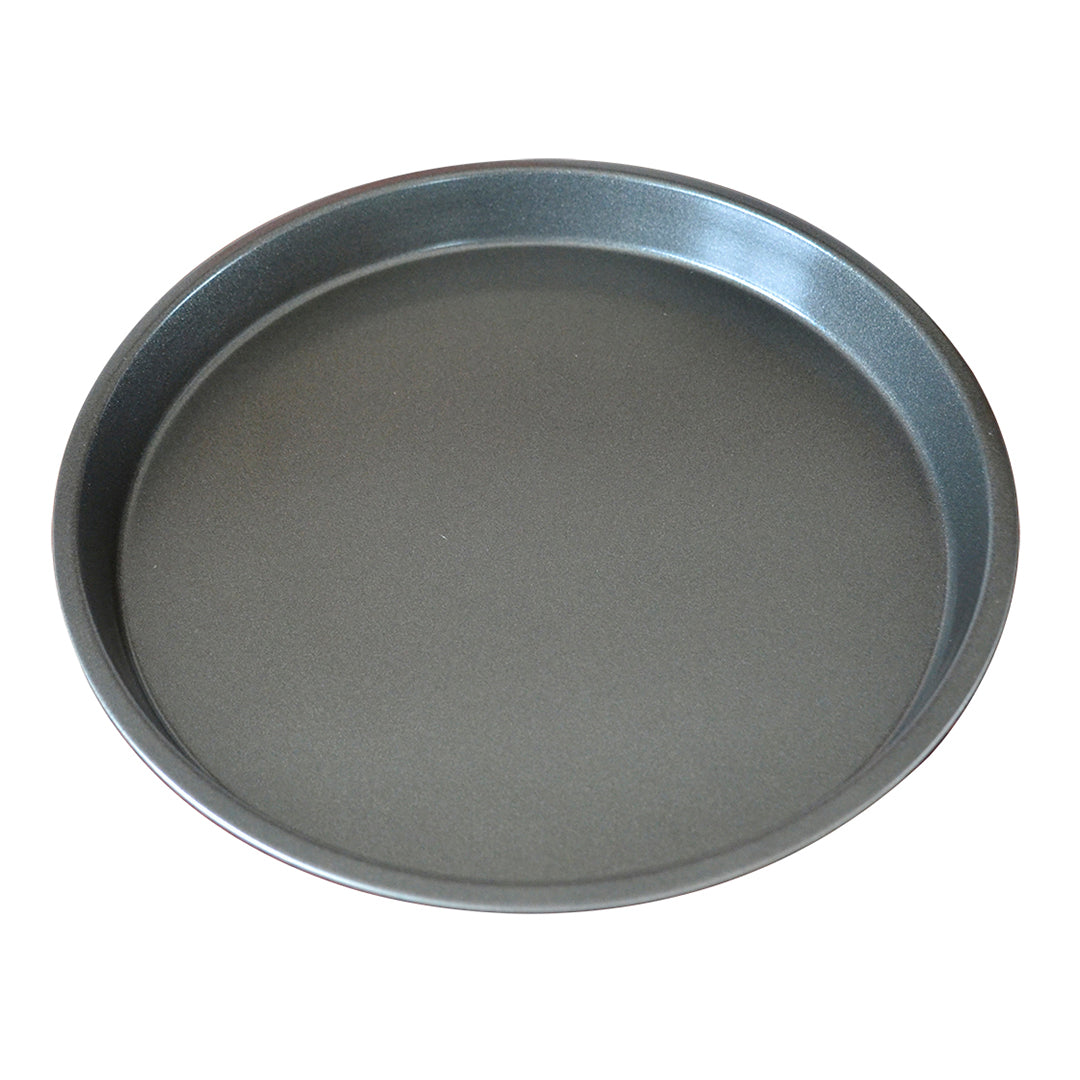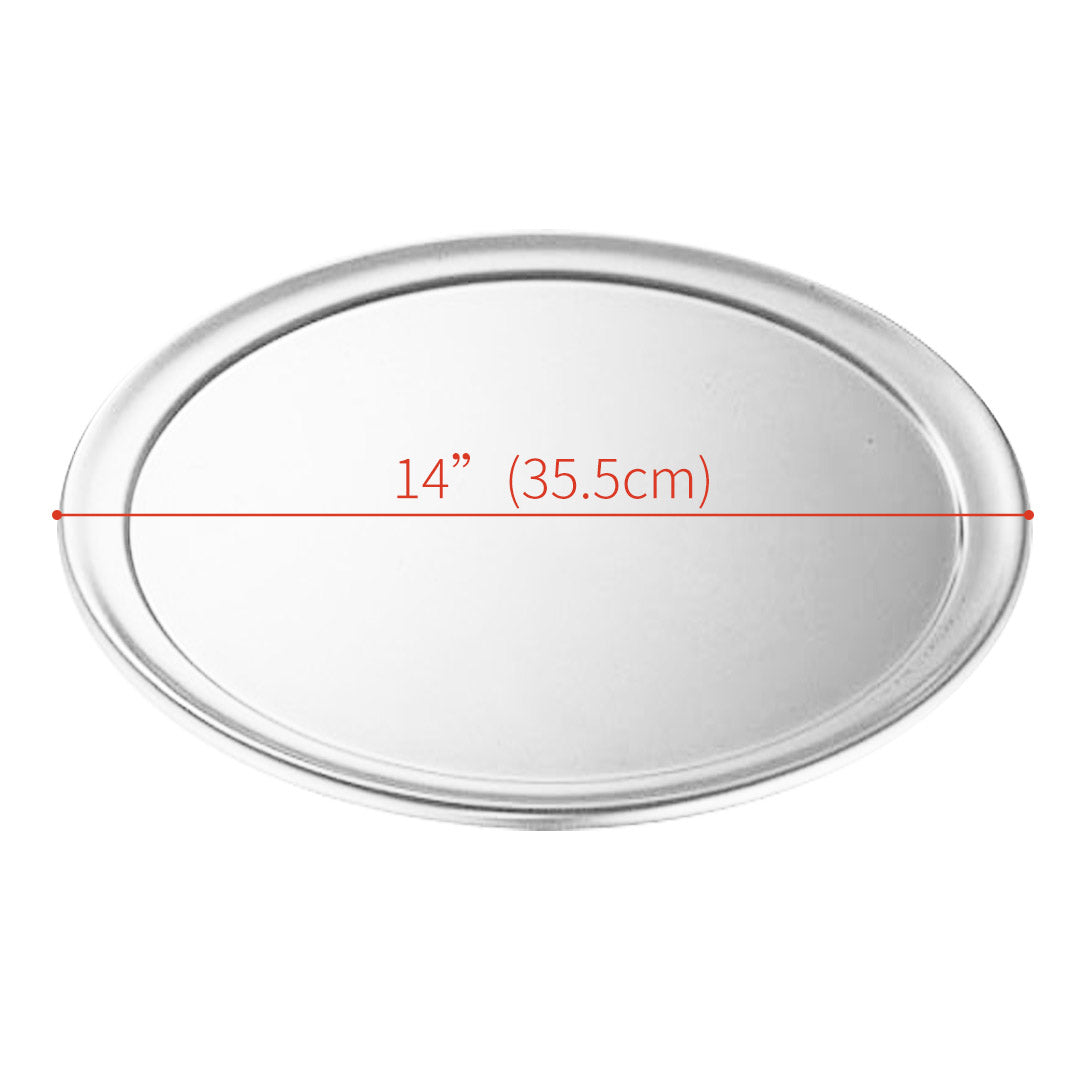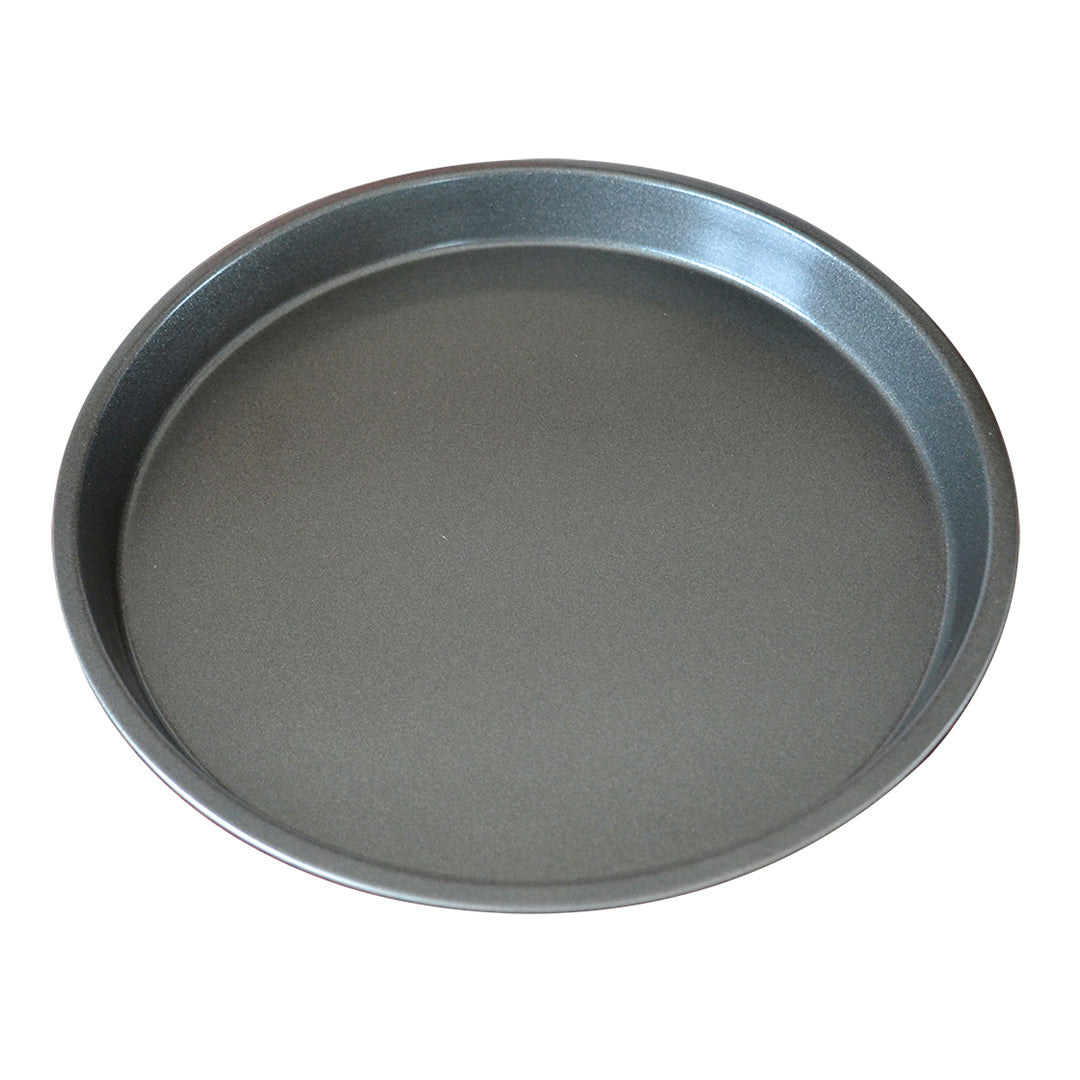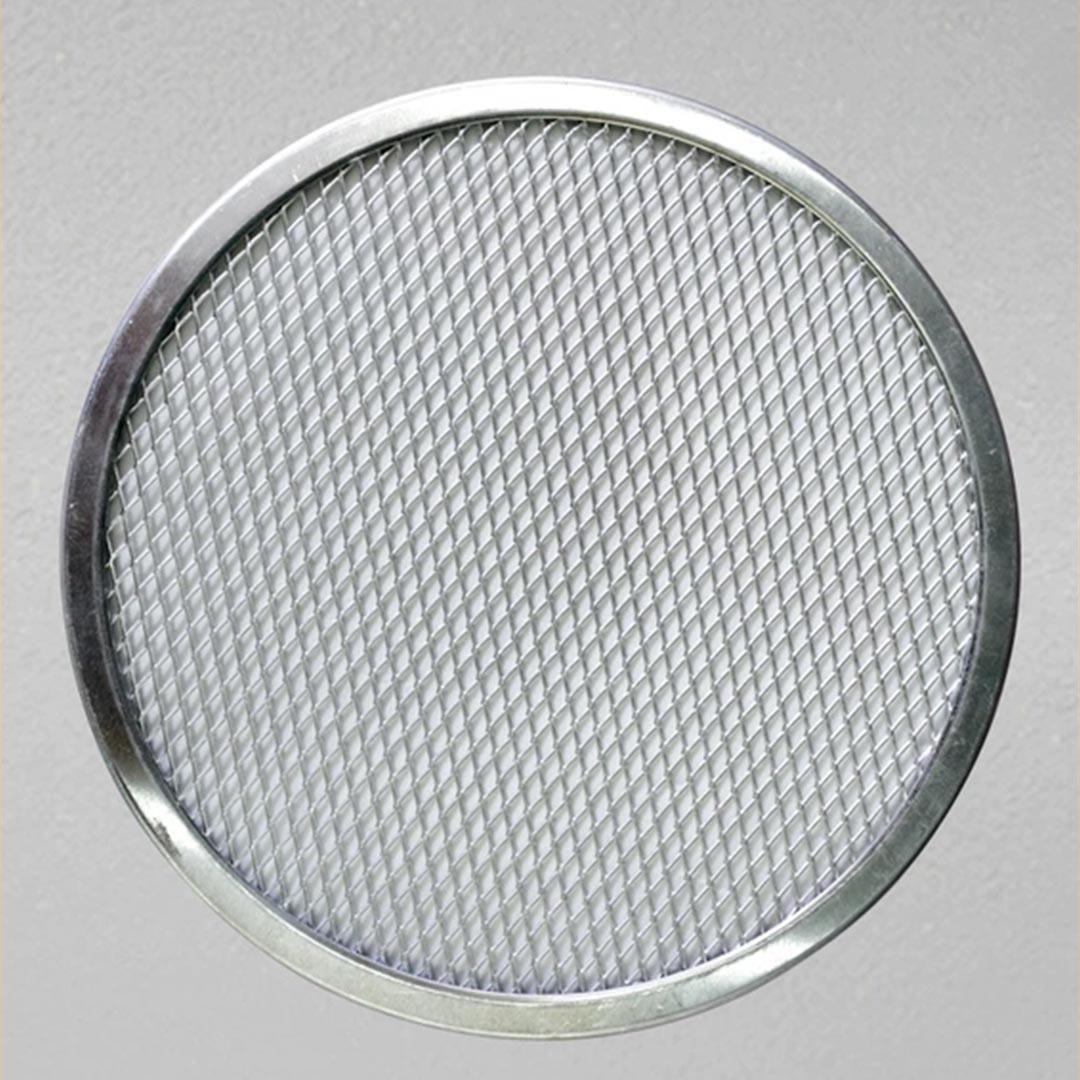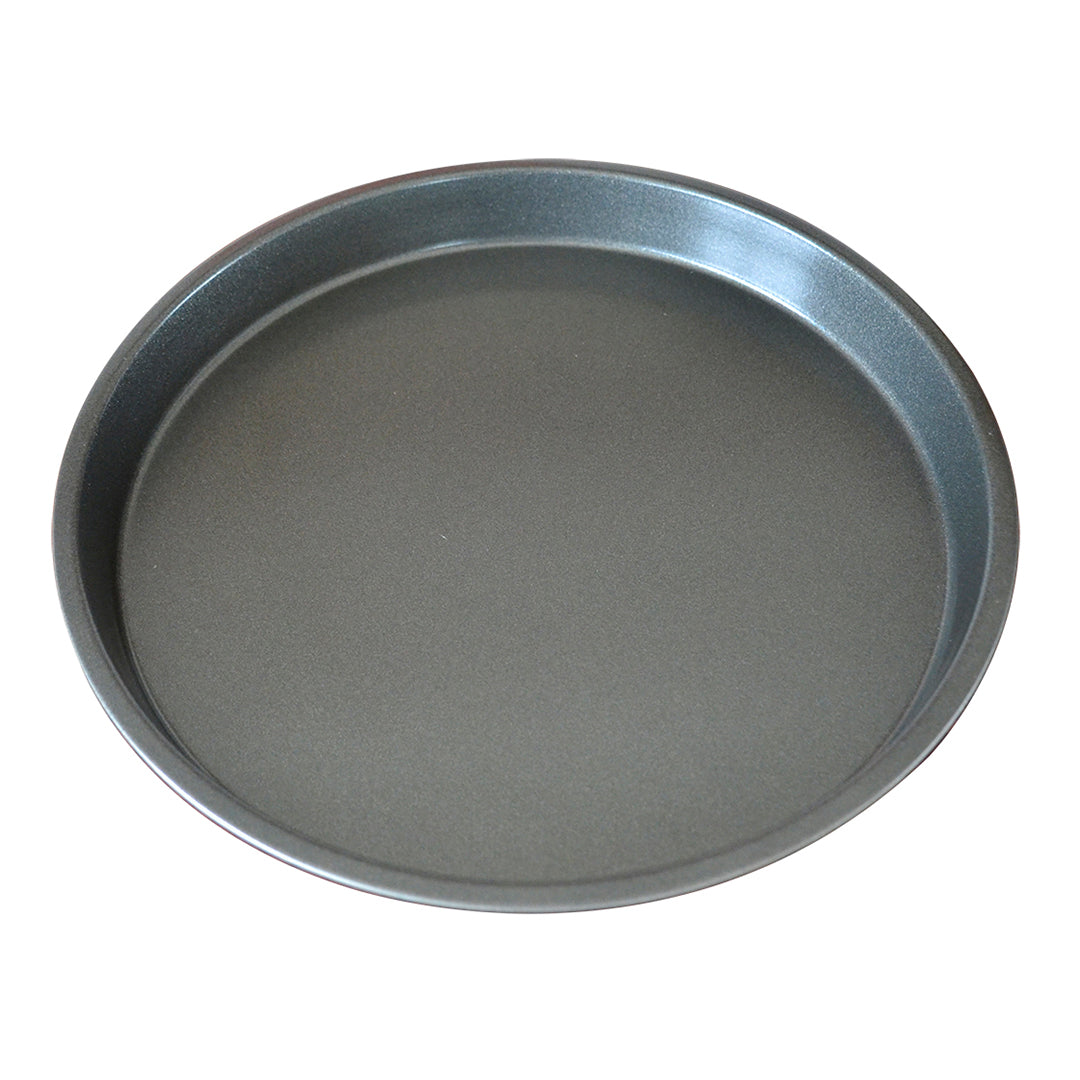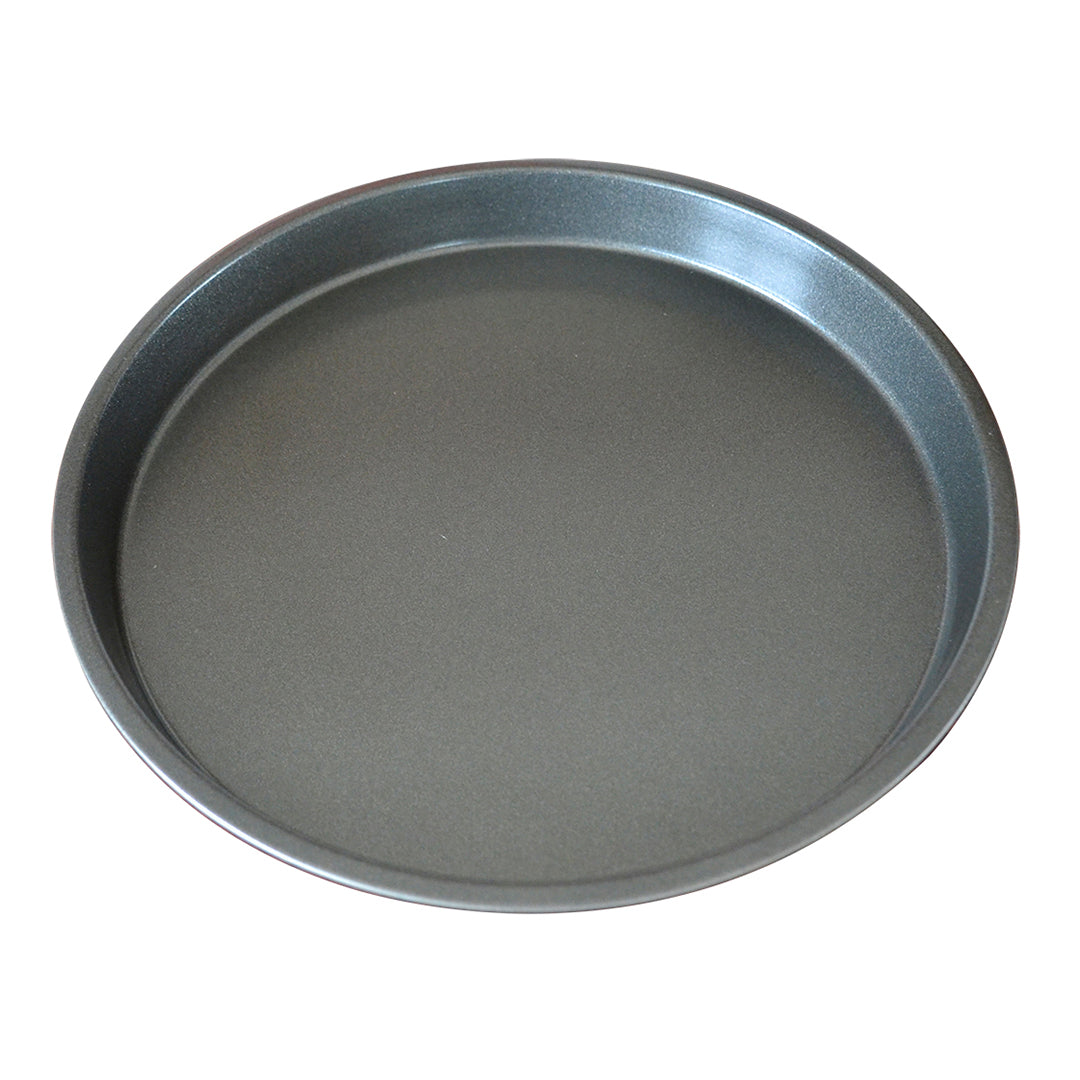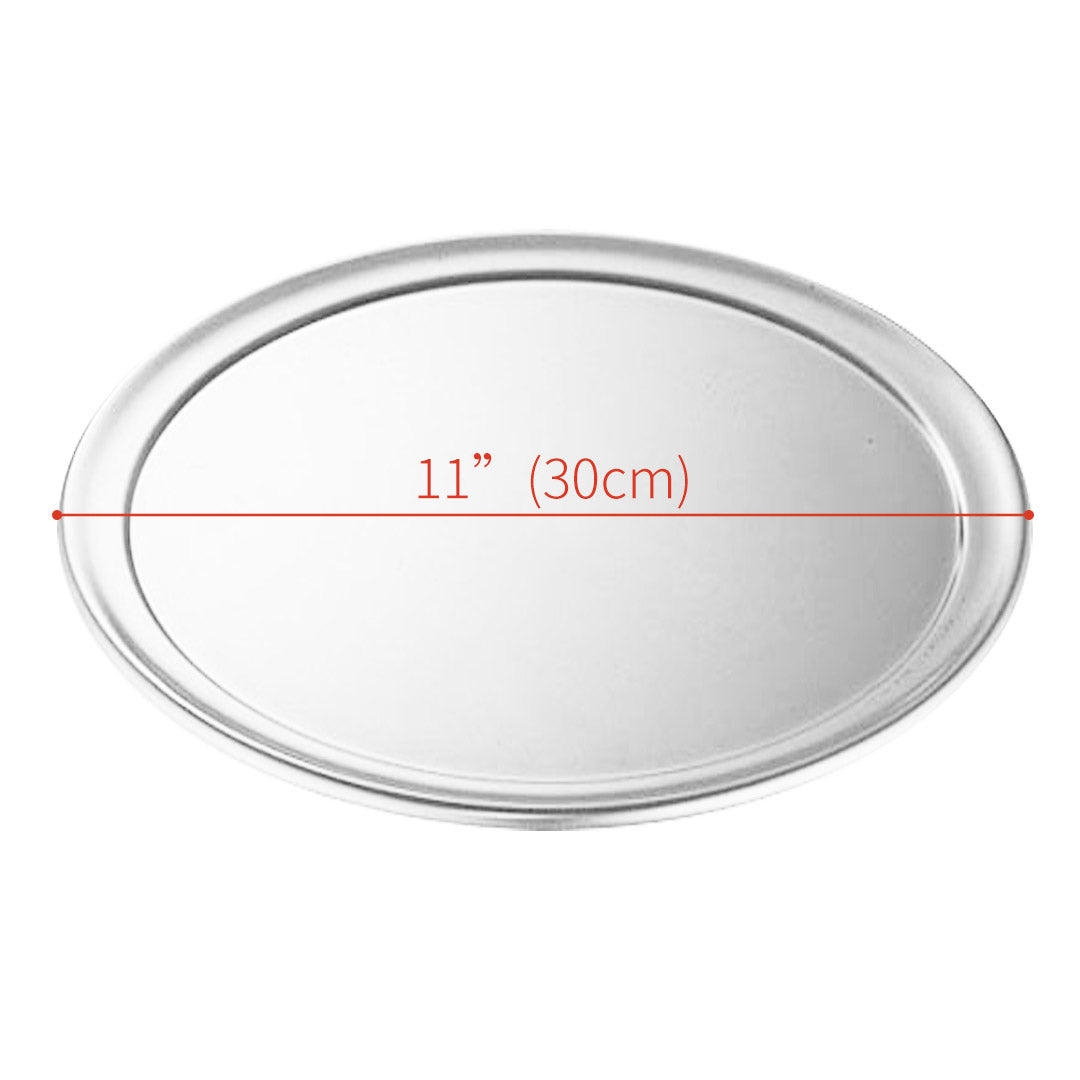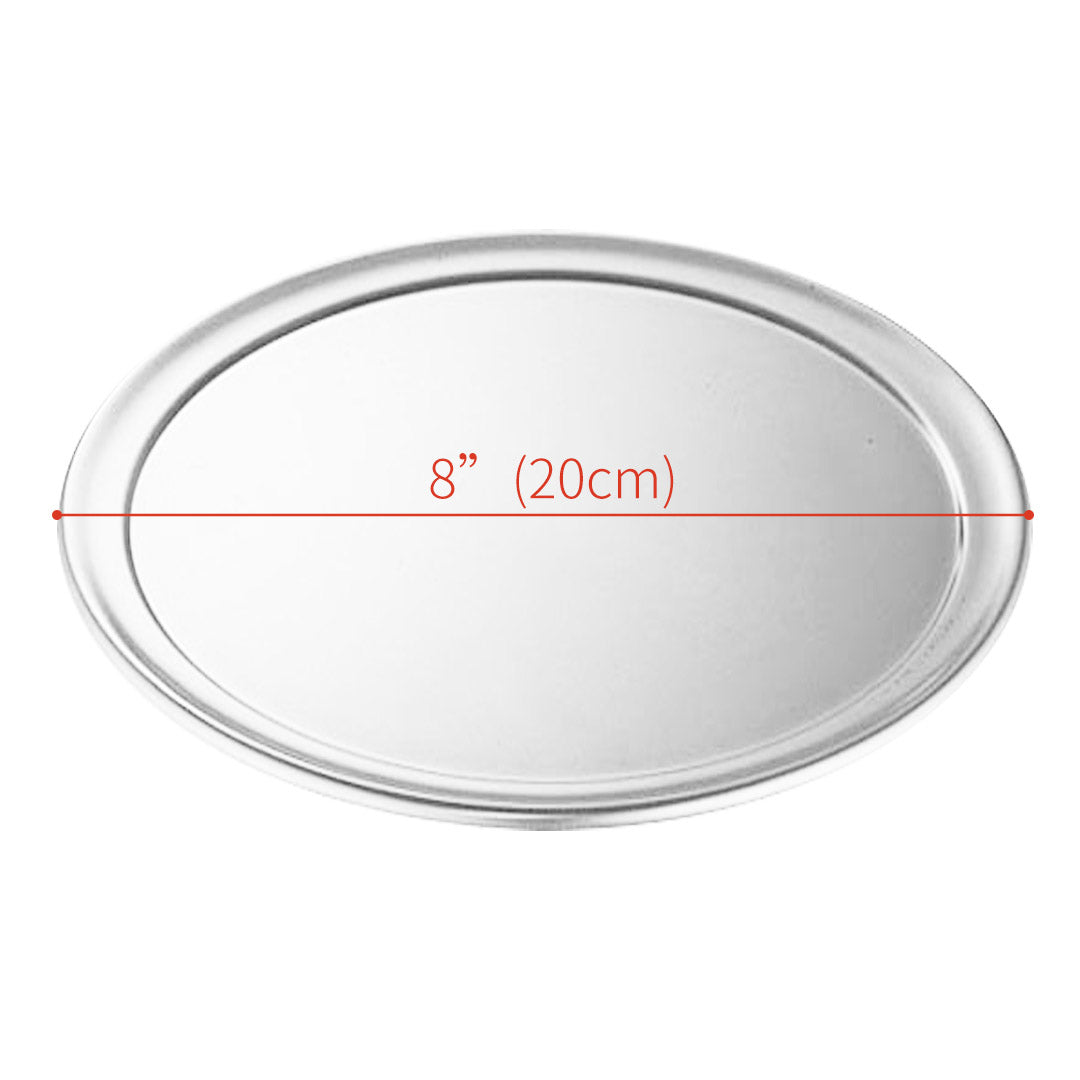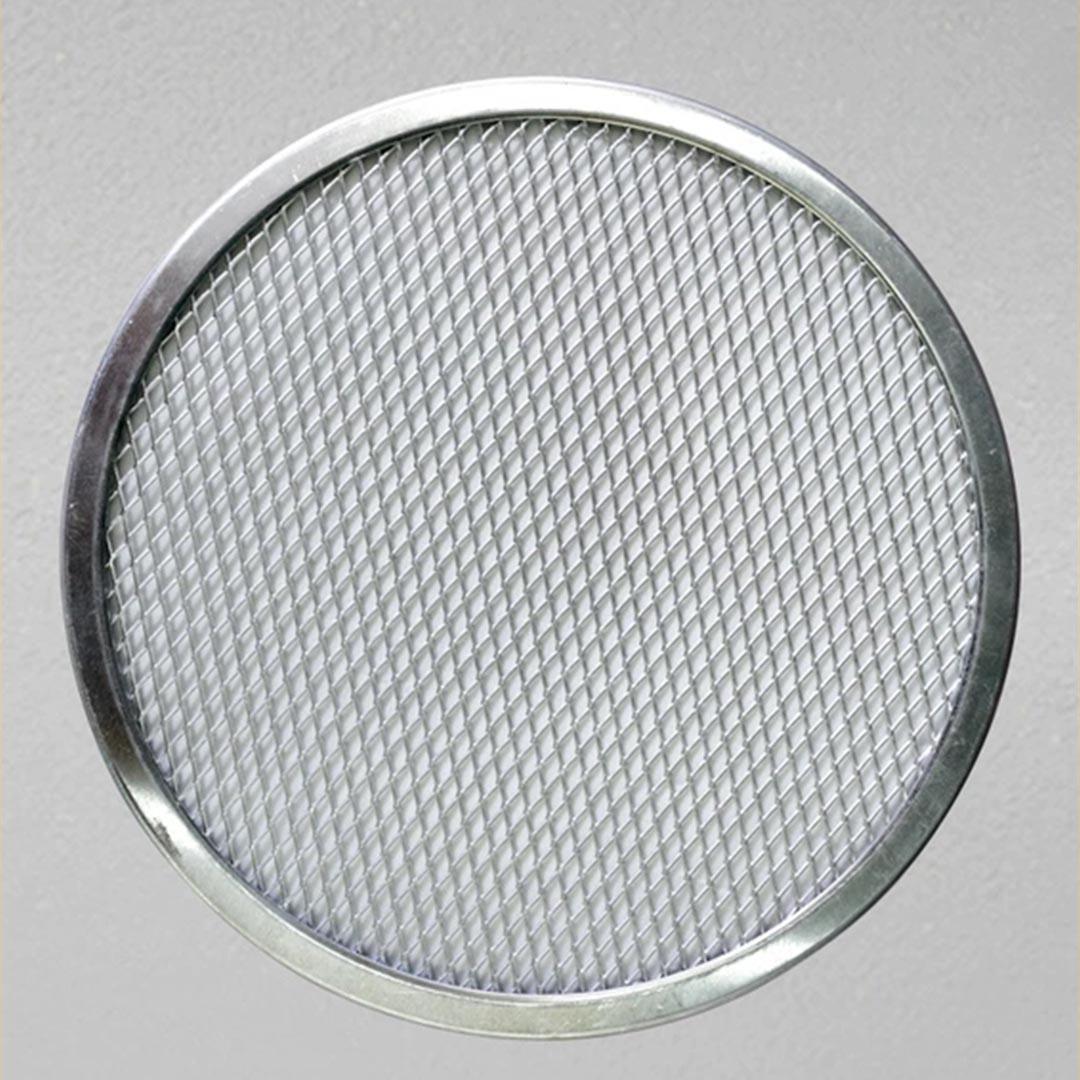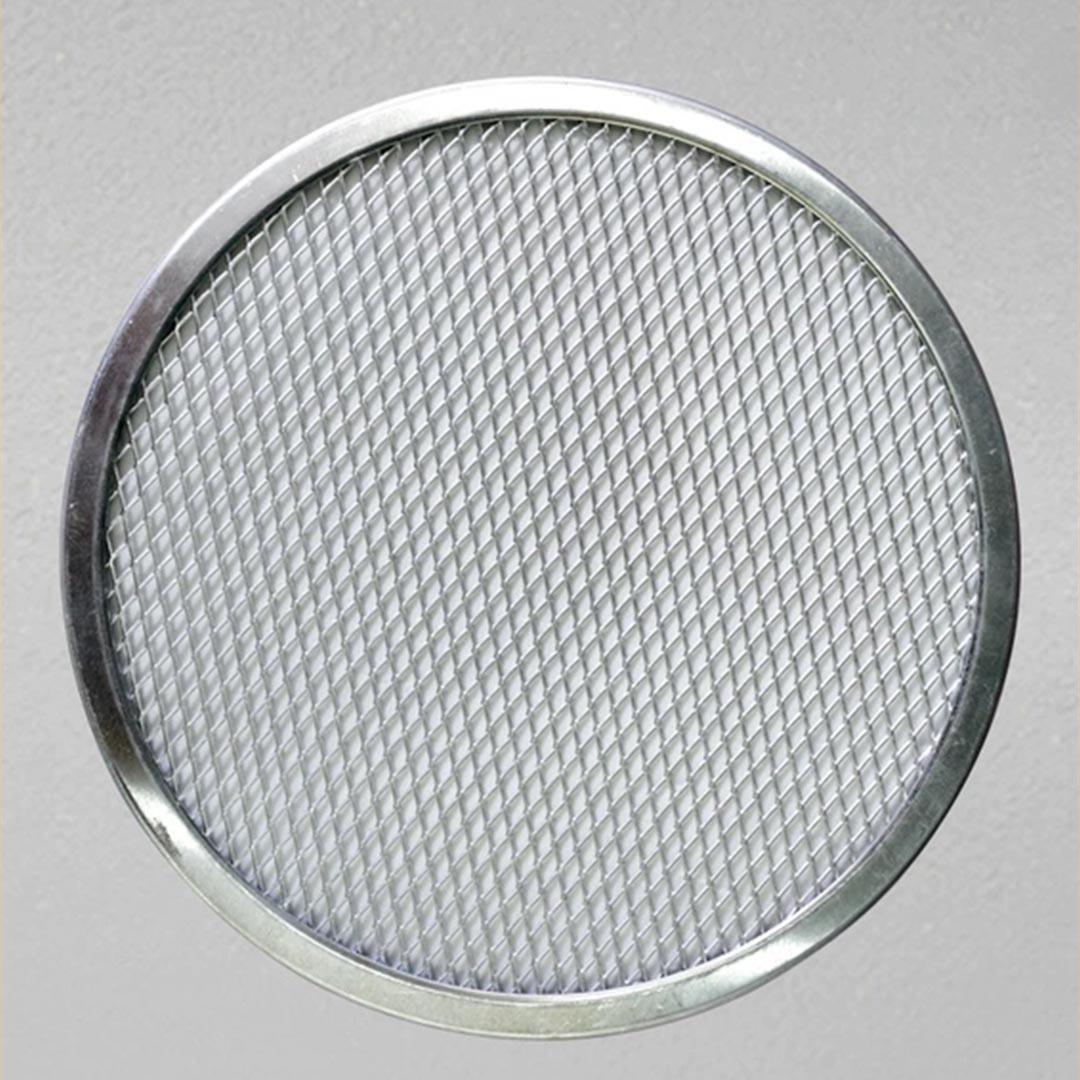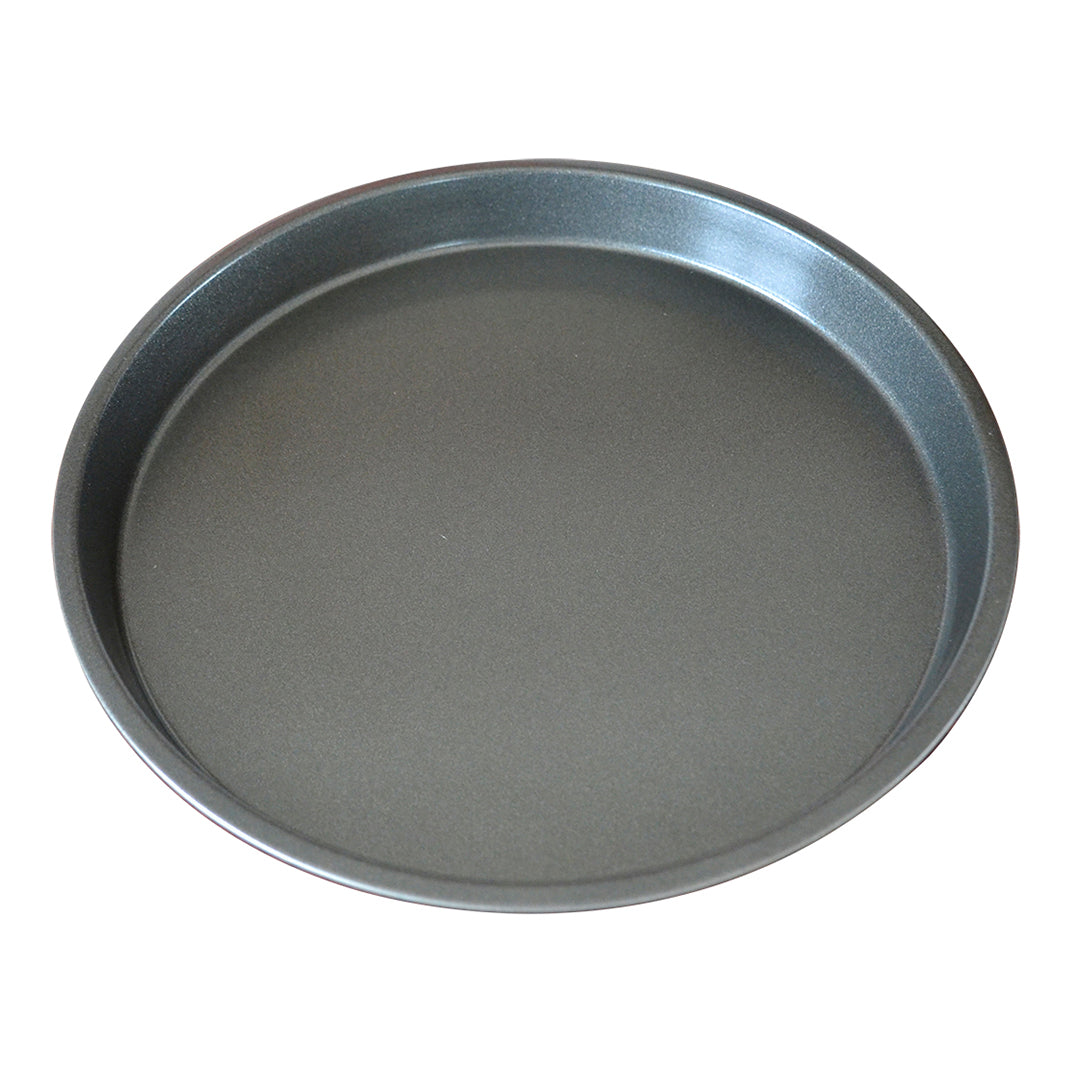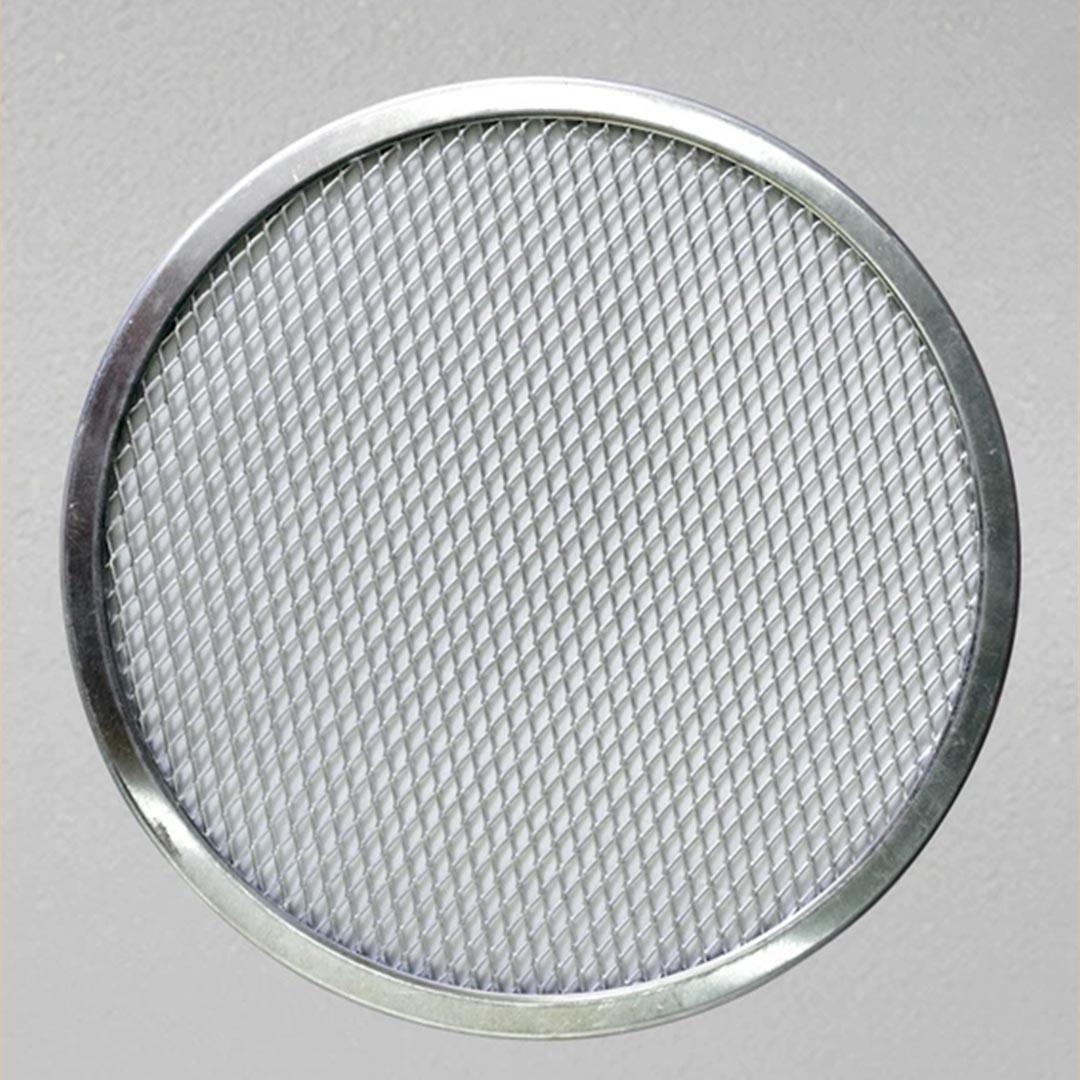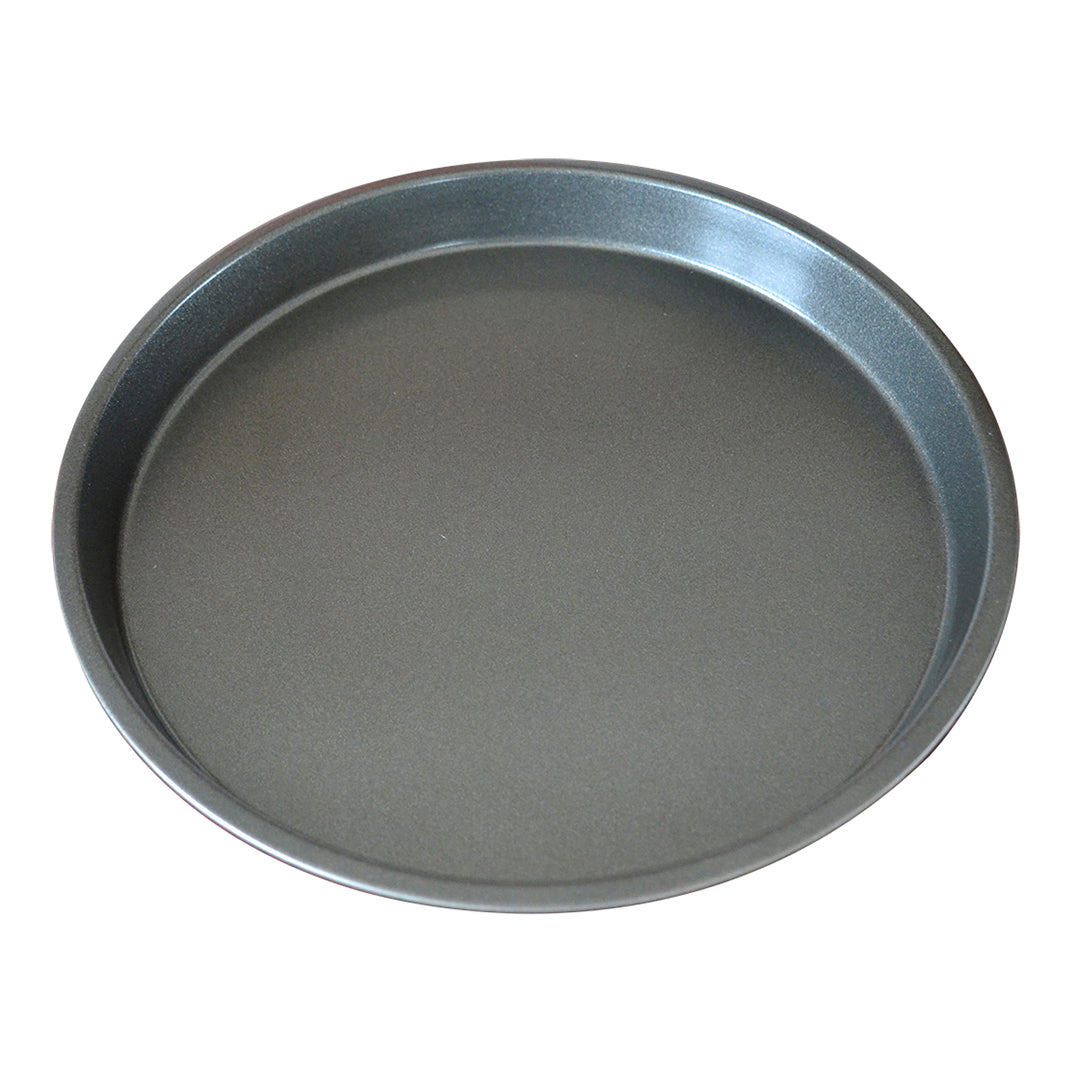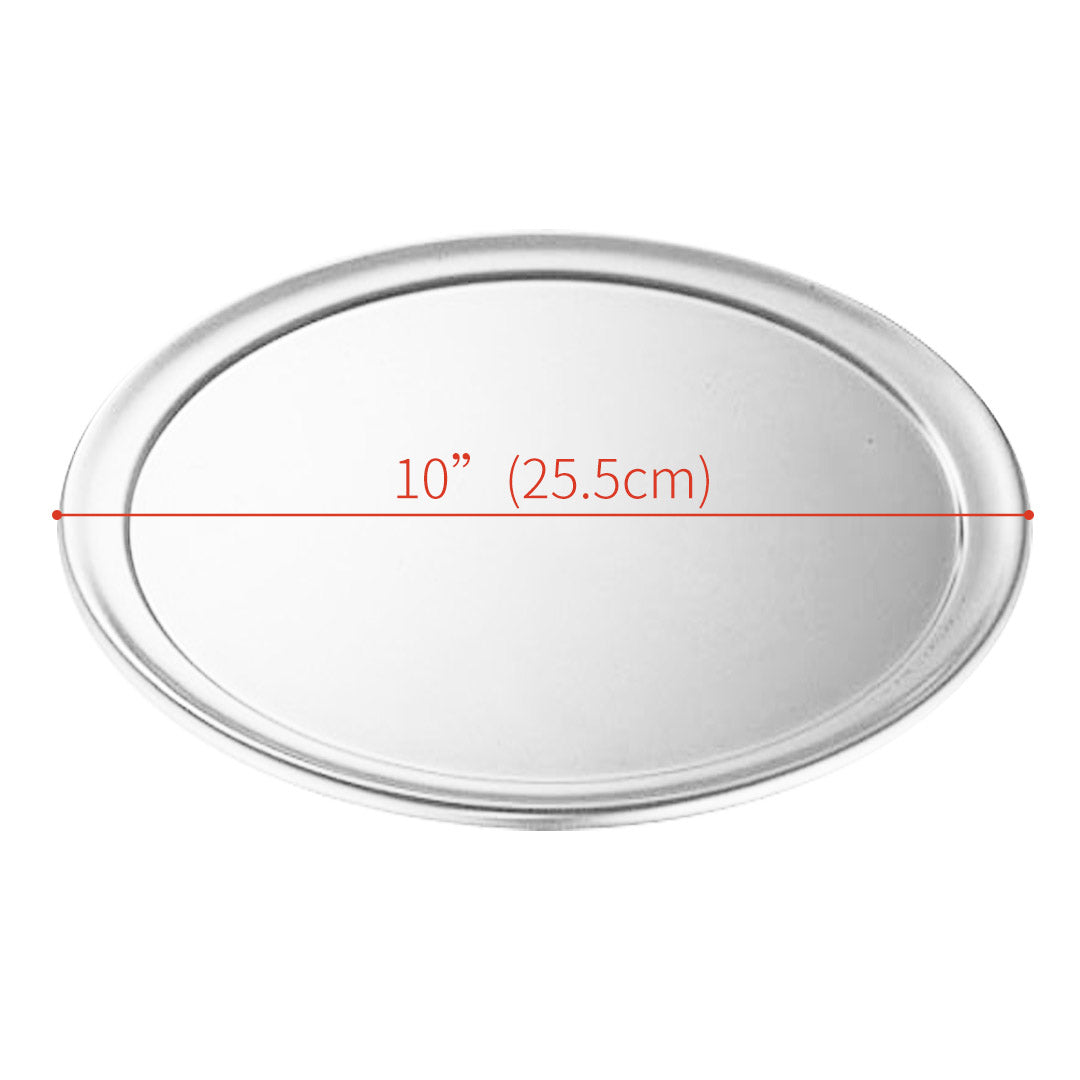FAST DELIVERY | 14 DAY RETURNS | 200,000+ PRODUCTS | AUSTRALIAN OWNED & STOCKED
Menu
-
-
Furniture
-
Baby & Kids
-
Home & Garden
-
Rugs
-
Toys & Games
-
Appliances
-
KITCHEN APPLIANCES
- Air Fryers
- Food Cookers & Steamers
- Toasters
- Electric Kettles
- Microwaves
- Mixers
- Portable Cooktops
- Electric Juicers
- Blenders & Soup Makers
- Grills
- Meat Grinders & Mincers
- Food Dehydrators
- Deep Fryers
- Food Vacuum Sealers
- Food Processors
- Waffle & Pancake Makers
- Water & Ice Dispensers
- Water Filters & Coolers
- Kitchen Appliance Accessories
- Ice Makers
- COFFEE MAKERS
- VACUUM CLEANERS
- FRIDGES & FREEZERS
- HEATERS
- AIR CONDITIONERS
- FANS
- AIR TREATMENT
- COOKTOPS
- RANGEHOODS
- OVENS
- IRONING APPLIANCES
-
KITCHEN APPLIANCES
-
Sports & Outdoors
-
Electronics
-
Tools & Equipment
-
Christmas
-
- Login

FAST DELIVERY | 14 DAY RETURNS | 200,000+ PRODUCTS | AUSTRALIAN OWNED & STOCKED
Baking & Pizza Stones
Baking & Pizza Stones – Perfect Crusts Every Time | Bargain Avenue
Achieve crispy, evenly baked bread and pizzas with our baking & pizza stones at Bargain Avenue! Designed for superior heat retention and even cooking, our stones help you bake restaurant-quality pizzas, artisan bread, and pastries right at home.
Why Shop Baking & Pizza Stones at Bargain Avenue?
✔ Superior Heat Retention – Evenly distributes heat for a crispy crust.
✔ Perfect for Pizzas, Bread & Pastries – Great for home ovens & BBQs.
✔ Durable & High-Quality Materials – Cordierite & ceramic options for long-lasting use.
✔ Non-Stick & Easy to Clean – Absorbs moisture for better baking results.
✔ Oven, Grill & BBQ Safe – Versatile for all types of cooking.
✔ Australian Owned & Stocked – Quality products, ready to ship.
✔ Flexible Payments – Pay with Afterpay, Zip, or PayPal.
✔ Free Delivery – Available on eligible items.
Upgrade your home baking with a high-quality baking or pizza stone from Bargain Avenue. Shop now for perfect homemade pizzas and bread!
